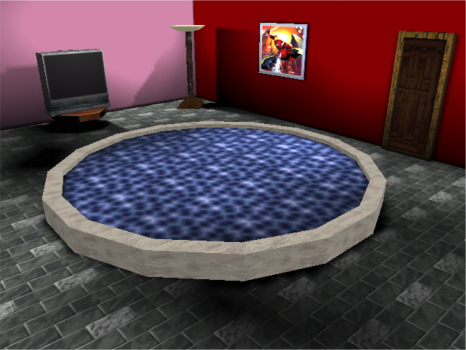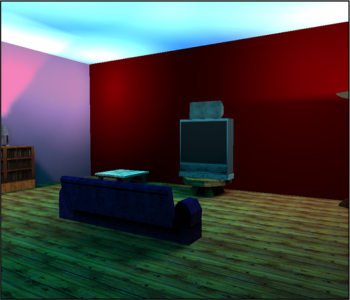Welcome to the Human Behavioral Neuroscience Lab




About us
The goal of our laboratory is to use behavioral neuroscience theory and methodology in human populations to help elucidate the neural bases of memory function. This translational approach takes advantage of the rich paradigms that have been extensively developed for testing nonhumans, and extends them to human clinical psychology research.
We use a wide variety of methods to assess behavior in humans, including virtual reality environments such as a virtual Morris water task, a virtual radial-arm maze, and virtual place preference chambers. Furthermore, we use basic learning and memory paradigms such as fear conditioning and mental rotation tasks. Our primary data collection methods include: behavioral data, functional magnetic resonance imaging (fMRI), diffusion tensor imaging (DTI), event-related potentials (ERP), galvanic skin response (GSR), and cardiac responses (ECG). We collect these data from a variety of individuals with and without psychiatric illness, including healthy controls, schizophrenia, substance abuse, Alzheimer’s disease, posttraumatic stress disorder, and eating disorders. Additionally, we also examine the effects of a variety of drugs such as alcohol, marijuana, nicotine, amphetamine, and cocaine on memory function.